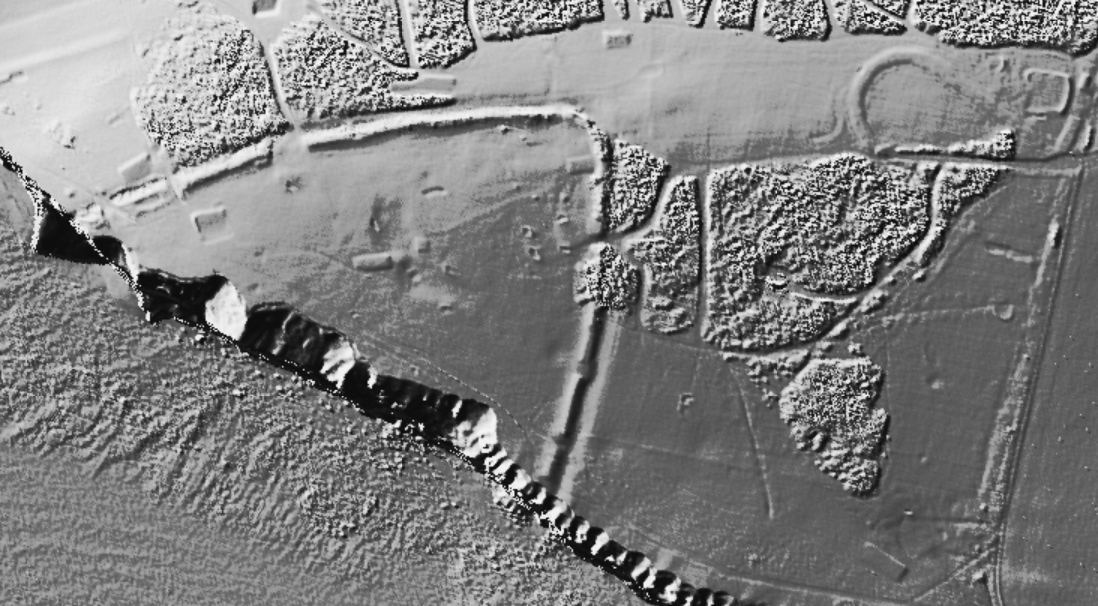
Image Credit: Environment Agency copyright and/or database right 2015.

Image Credit: Environment Agency copyright and/or database right 2015.


The southern flank is best now described as ‘impregnable’. Guess it probably always was. Pity the warrior who drew the short straw to do the whitewashing, though...

The north-western section of ramparts can be seen crowning the cliff-llne beyond. Newhaven lies at the far end of the beach.

Seaford Head and Cuckmere Haven viewed from Haven Brow, the first of the Seven Sisters. Just behind where I took the photo was the faintest trace of what I assumed to be a cross dyke running right to the edge of the cliff, but I’ve checked all over, including MAGIC, and it doesn’t seem to be there!

The north-western end of the defences from the ‘outside’. How long these are going to last is anyone’s guess. Unless you happen to be an expert in coastal erosion....

The north-western bank posesses an expansive view across Seaford to the west.

The northern defences remain pretty substantial. The pristine foreground is unfortunately part of the golf course.

Northern arc, looking approx east (ish)

Looking southwards along the eastern bank.... where it sort of ends rather suddenly, you might say.

Upon the eastern bank, looking north.

The eastern defences, looking approx north...

Looking to the west and wondering how much of the enclosure has been lost to the sea? Note the cracks in the cliff-top, foreground. There are many of these....

Approaching the site along the eroding cliff-line. The eastern ramparts crown the skyline...
Seaford Head is an Iron Age hillfort, but it actually contains an older, early Bronze Age round barrow. Folklore seems to connect it with both the fairy folk and the Romans:
An almost unapproachable cave in the face of the cliff at Seaford Head is called (says M. A. Lower) Puck Church Parlour, and is the scene of an ancient superstition. A shepherd on the cliff top told me (1875) that it was called Buck Church; his boy had been in it, but he couldn’t get down the face of the cliff. (1875.)
p162 in: Scraps of Folklore Collected by John Philipps Emslie
C. S. Burne
Folklore, Vol. 26, No. 2. (Jun. 30, 1915), pp. 153-170.
A short distance from the haven [Cuckmere Haven] a steep gulley leads to the beach with a convenient chain and rope to prevent too sudden a descent. It has been suggested that through this gap the Romans passed from their moored fleets to the fortified settlements above. It was at one time possible to descend by another opening higher up the cliff to a ledge called “Puck Church Parlour.” This is now inaccessible except to seabirds.
From chapter 2 of ‘Seaward Sussex’, by Edric Holmes (1920).

































